 STERIS University
STERIS University
13 Courses
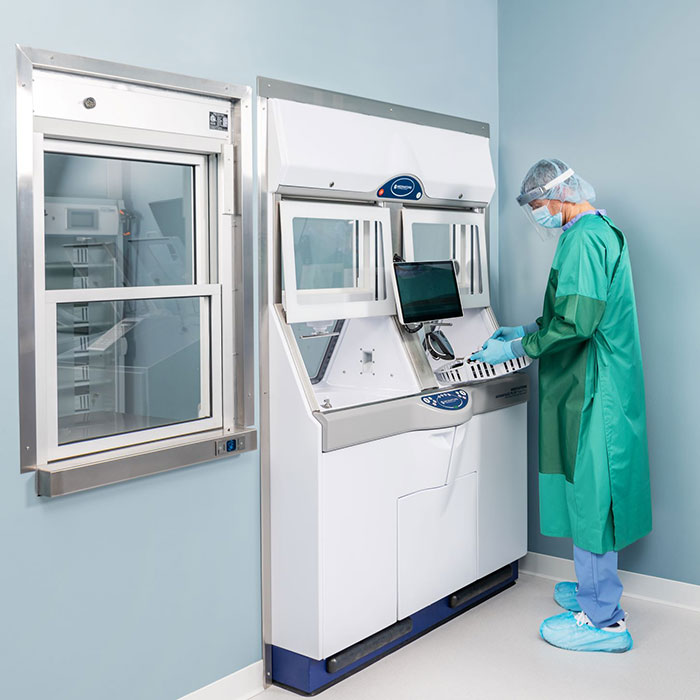
Endoscope Processing
Effective High-Level Disinfection - Webinar
From cardiac to endoscopy, many departments use semi-critical devices that must be effectively high-level disinfected prior to use. Learn what makes high-level disinfection effective and tips for high-level disinfecting both submersible and non-submersible devices throughout your facility.
Objectives:
- Identify areas within healthcare facilities where high-level disinfection is used
- Compare and contrast high-level disinfectants
- Define the processing steps for both manual and automated high-level disinfection

Endoscope Processing
Endoscopy Processing Documentation - Webinar
Join Pam Boulet, Clinical Education Specialist Manager, and Cody Troutt, Clinical Education Specialist for an in-depth look at best practices for endoscope processing documentation based on standards and guidelines from AAMI ST91, SGNA, and AORN. Learn to optimize your workflow, ensure compliance, and reduce errors by leveraging detailed documentation standards.
Objective:
- Identify best practices of GI endoscopy processing documentation.
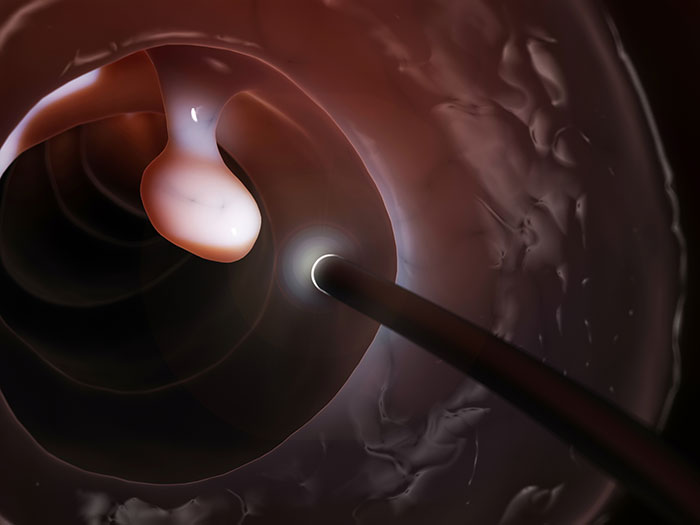
Endoscope Processing
Flexible Endoscope Basics For The Processing Technician - Webinar
Flexible endoscopes are complex and sometimes intimidating medical devices. Learn how flexible endoscopes work with the patient’s anatomy and the processing steps that lead to patient ready flexible endoscopes.
Objectives:
- List flexible endoscope procedures by anatomical feature
- Identify structural features of GI and other flexible endoscopes
- Describe the steps in flexible endoscope processing
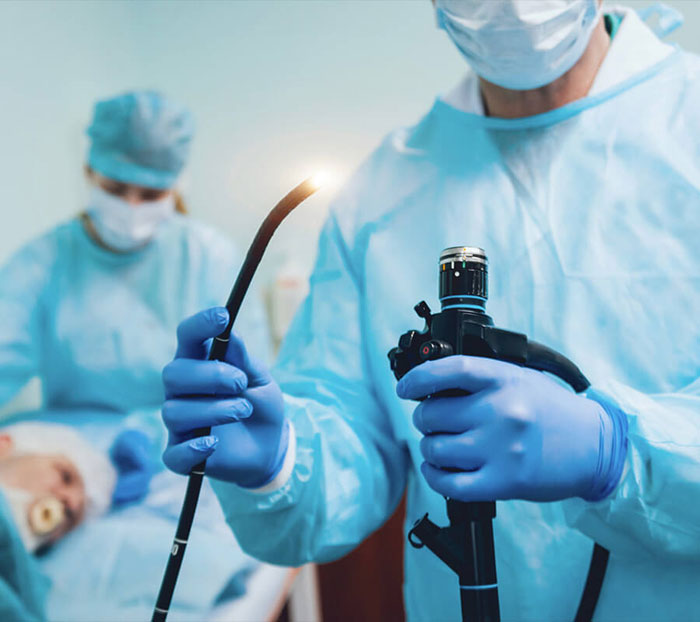
Endoscope Processing
HLD or Sterilization - Is There Really a Choice? - Webinar
Flexible endoscopes have traditionally undergone high level disinfection with sterilization being an alternative process but not required. Today’s headlines feature higher than expected contamination rates of duodenoscopes and multiple outbreaks of antibiotic-resistant organisms linked to flexible endoscope processing. It begs the question, is high level disinfection enough or is sterilization needed? Find the answer here.
Course Objectives:
- Describe the levels of microbiocidal activity for medical devices
- Discuss the importance of sterilization for high-risk flexible endoscopes and endoscopic procedures
- Identify 3 considerations when selecting a sterilization process for flexible endoscopes
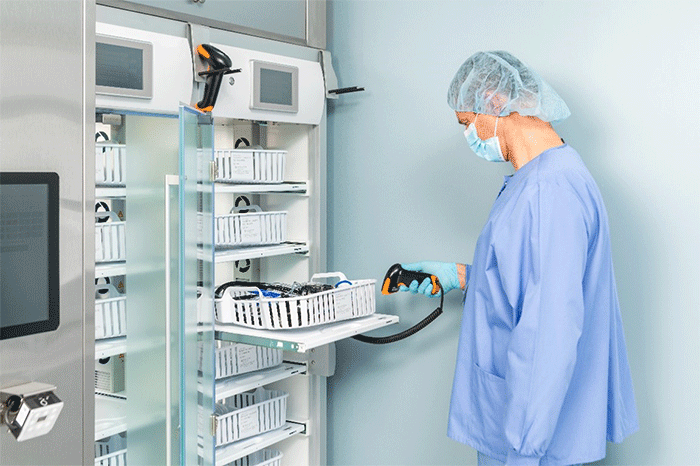
Endoscope Processing
Improving Endoscope Drying: Misconceptions, Risks, and Best Practices - Webinar
Explore effective endoscope drying techniques
through research published in the American Journal of Infection Control. This
research addresses the gaps in flexible endoscope reprocessing and emphasizes
the crucial role of proper drying in enhancing infection prevention and control
practices. This webinar is tailored for technicians, managers, and infection
preventionists.
Objectives:
- Recognize the critical role of endoscope drying in infection prevention.
- Recognize the limitations and challenges of current drying verification methods.
- Identify key factors influencing the effectiveness of endoscope drying.
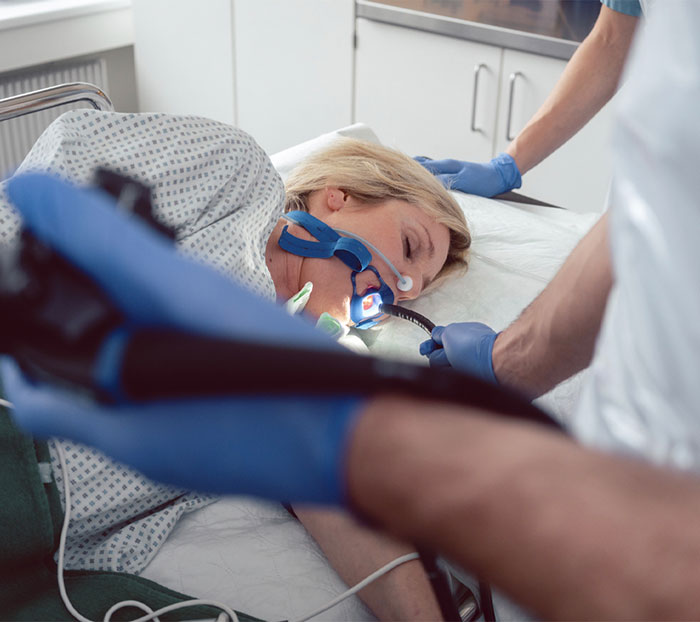
Endoscope Processing
Introduction to the Endoscopy Department - eLearning
Welcome to the Gastroenterological Endoscopy Department. Let’s review the role, location and professionals found in the GI Department. Examine basic endoscope anatomy and common medical procedures that will take place in the Gastroenterological Endoscopy Department.
Course Objectives:
- Explain the role and location of the Endoscopy Department in the hospital
- Explain the role of each healthcare professional found in the Endoscopy Department
- Identify the basic equipment and types of scopes used in the Endoscopy Department
- Identify the types of procedures performed in the Endoscopy Department

Endoscope Processing
Mitigating Cross Contamination in Endoscopy - Webinar
Cross contamination affects every department. It strikes without warning and with serious consequences. Endoscopy professionals must remain diligent to prevent cross contamination but do you know what to look for? Learn to recognize cross contamination opportunities lurking within endoscopy procedure and processing rooms and develop an action plan to stop it before it happens.
Objectives:- Identify guidance documents that aid in mitigation of cross contamination opportunities in GI and other flexible endoscopes
- Spot areas of possible cross contamination and develop strategies to mitigate them
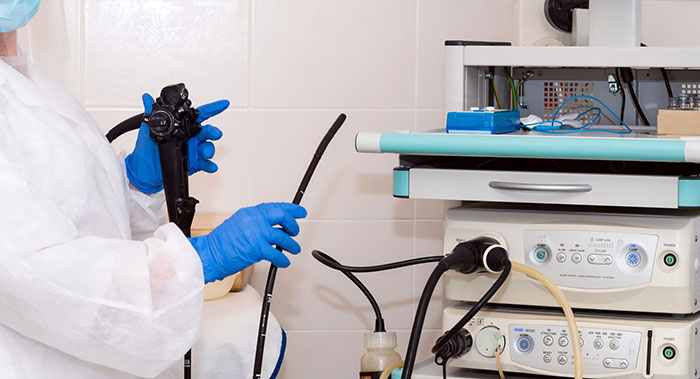
Endoscope Processing
New Clinical Evidence for Endoscope Processing Is In. Implement ANSI/AAMI ST91 Today! - Webinar
Endoscope processing, clinical research, and understanding is ever evolving and with it the standards. Discover how ANSI/AAMI ST91:2021 has changed and ways to implement these new evidence based endoscope reprocessing practices in your facility.
Objectives:
- Identify key clinical evidence driving the changes in ANSI/AAMI ST91
- Implement ANSI/AAMI ST91 guidelines to develop a comprehensive department for GI, bronchoscopy and other flexible endoscope reprocessing
- Prioritize critical processes and applications for patient safety

Endoscope Processing
Ready for the Unexpected - Endoscopy Processing Survey - Webinar
An endoscopy organization’s ability to participate in Medicaid and Medicare programs hinges on the accreditation survey results, yet many organizations feel unprepared and somewhat surprised when the surveyor knocks on the door. Join Arthur as he relates strategies to maintain survey readiness so that you can fearlessly invite the surveyor into your processing area.
- Define the importance of an accrediting survey
- List the regulatory and guidance agencies that set endoscopy standards and guidelines
- State 5 strategies that help facilities be survey ready
Endoscope Processing
Scope Tracking Workflow Solutions in the GI and Endoscopy Space - Webinar
Tracking systems are common and essential in parts of your hospital such as sterile processing, but what do you have to gain from adopting an electronic documentation system within the GI and Endoscopy space? This webinar explores the benefits of a scope tracking workflow solution, discusses how such systems can lead staff through complex tasks in a structured and disciplined manner, and explains the importance of data capture and conforming documentation.
Objectives:
- Identify key benefits of a Scope Tracking Workflow Solution within the GI and Endoscopy space
- Discuss how configurable guided workflows in the workflow solution can lead staff through complex tasks in a structured and disciplined manner
- Explain the importance of data capture and documentation of all processes on conforming outcomes, quality standards and performance measurement
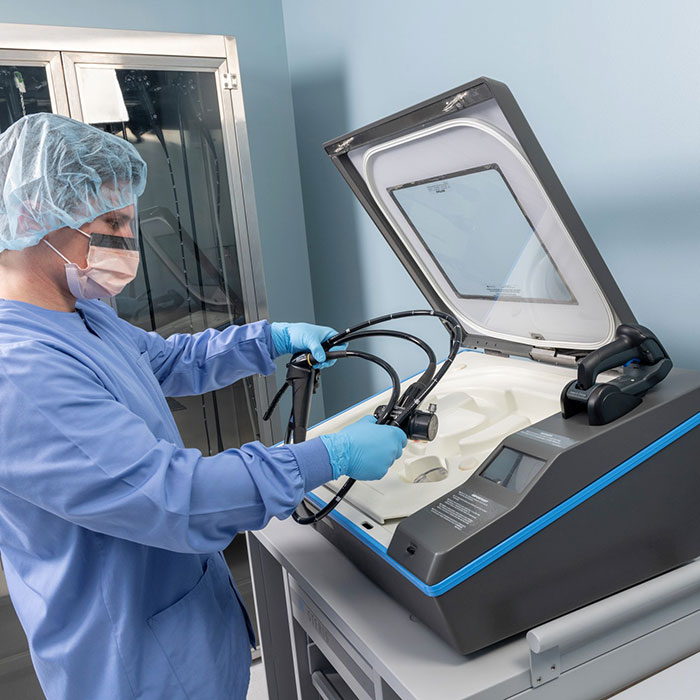
Endoscope Processing
Sterilization and Storage of Flexible Endoscopes - Study Guide
High risk flexible endoscopes, such as duodenoscopes and bronchoscopes, have been associated with multiple infectious outbreaks including those whose causative agents are multi-drug resistant microorganisms. Given the high risk of infection transmission posed by these endoscopes, sterilization and not high level disinfection is being recommended as the best reprocessing choice. This study guide will illustrate the differences between high level disinfection and sterilization of flexible endoscopes. It will also compare sterilization options available for flexible endoscopes and discuss expiration and hang time dating during storage.
Objectives:
- Explain the hierarchy of microbial kill in relationship to disinfection and sterilization
- Describe 5 sterilization processes used for flexible endoscopes
- List considerations when drying flexible endoscopes
- Compare and contrast storage conditions between terminal sterilization and liquid chemical sterilant processes
- Explain the decision process for establishing expiration dating and hang time
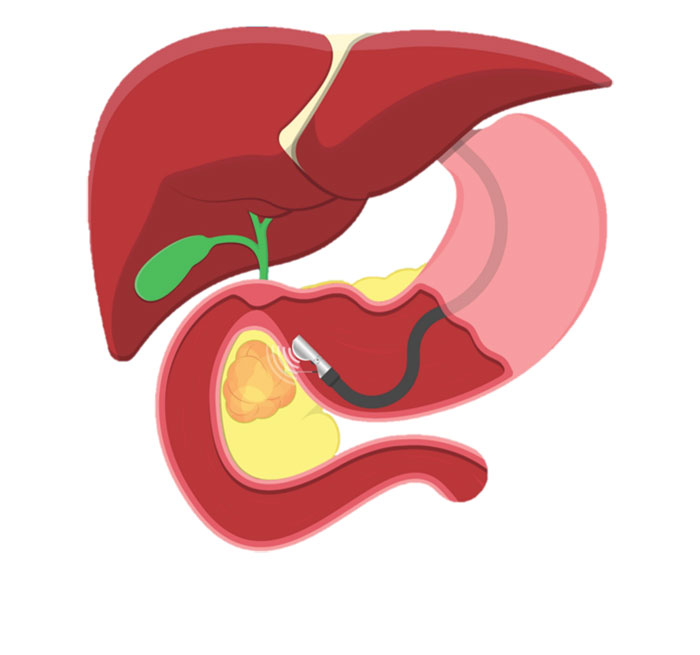
Endoscope Processing
Sterilization Needed: High Risk Endoscopes - Webinar
The secret is out. Some flexible endoscopes pose a greater risk than others. Identifying high risk GI, respiratory, urology and other flexible endoscopes is the first step to managing that risk. Discover how to reduce those risks by implementing a high risk endoscope sterilization plan.
Objectives:
- Identify high risk GI and other flexible endoscopes within your facility
- List 3 considerations when selecting a sterilization process for GI and other flexible endoscopy
- Prepare an implementation plan for sterilization of high risk GI and other flexible endoscopes
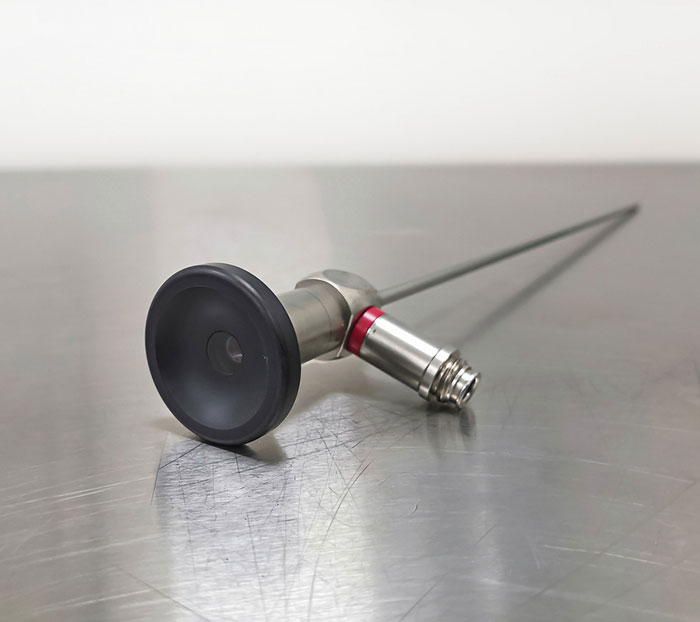
Endoscope Processing
The Care and Handling of Rigid Endoscopes - Study Guide
Rigid endoscopy has become increasingly popular with each new minimally invasive technique introduced. Sterile processing technicians must be aware of the unique processing requirements for these sophisticated yet delicate devices. Walk through the history of rigid endoscopy and discover those processing considerations unique to them.
Course Objectives:
- Review the major components of rigid endoscopes; and
- Discuss the proper care of rigid scopes when reprocessing
